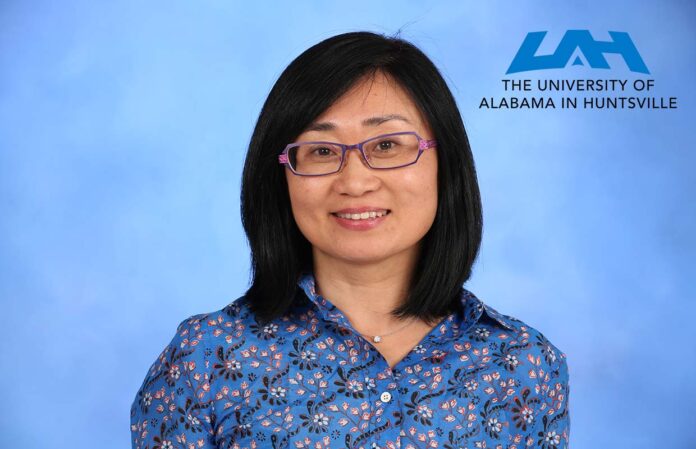HUNTSVILLE — In a study of tiny precursors to clouds, a researcher at the University of Alabama in Huntsville is trying to find out how these ultrafine particles are created in an urban atmosphere.
Dr. Shanhu Lee, professor of atmospheric and Earth science at UAH, is the principal investigator for the study to take place in Houston, the fourth most populated city in the U.S.
Funded by a three-year, $500,000 grant from the National Science Foundation, the analysis will be among the most comprehensive in the world and may be the most comprehensive of an urban site in the United States, Lee said.
Ultrafine particles are smaller than 100 nanometers in diameter. In comparison, a human hair is 80,000-100,000 nanometers in width. The particles can grow into cloud condensation nuclei and contribute to cloud formation and affect climate.
“These particles can also affect human health, because smaller particles can be more easily diffused into the lung,” said Lee.
They are abundant in urban locations, but their formation and growth are not well understood, she said.
“The main contribution of our research will be to better understand how air pollutants emitted from urban settings, such as industry, traffic and cooking, etc., will interact with naturally emitted volatile organic compounds to affect the urban ultrafine particle dynamics,” Lee said.
In addition to the observational data, the scientific data from the study can help authorities developing comprehensive urban air pollution controls and related policies.
Houston’s variety of emissions from oil refineries, power plants, ship channels, and urban and marine sources make it a good study site, Lee said. The plan is to perform measurements in spring/fall 2022 and in spring 2023.
Atmospheric science doctoral student Lee Tiszenkel will play a major role, Lee said. Tiszenkel will take the measurements and be involved in data analysis that she hopes will be part of his postdoctoral work.
Dr. Buddhi Pushpawela, a clinical assistant professor of physics, will make particle measurements and urban aerosol climateorology data analysis. New graduate students will be recruited to join the project, as well.
Don’t miss out! Subscribe to our email newsletter to have all our smart stories delivered to your inbox.



